Major Travel Activities in Nepal
Nepal, a landlocked country nestled in the heart of the Himalayas, is renowned for its stunning landscapes, rich culture, and warm hospitality. With e...


Annapurna Base Camp
Trekking
is one of the most popular and scenic trekking adventures in Nepal. Located in
the heart of the Annapurna region, this trek offers a rich blend of natural
beauty, cultural encounters, and stunning mountain views. But to fully enjoy
the journey, choosing the right
season for Annapurna Base Camp Trekking is crucial.
The trail to Annapurna Base Camp (ABC)
passes through lush forests, charming Gurung villages, river valleys, and high
alpine landscapes. Weather, trail conditions, and visibility vary significantly
across the year, so let’s explore the best
and less suitable seasons for this remarkable trek.
1. Spring
(March to May): A Colorful and Clear Journey
Why spring is one of
the best seasons for Annapurna Base Camp Trekking:
Spring is considered one of the most favorable seasons for
Annapurna Base Camp Trekking due to its mild temperatures, clear skies, and vibrant natural surroundings.
The trails are alive with blossoming rhododendrons and wildflowers, especially
in the lower forested areas near Ghorepani and Chhomrong.
Highlights of the
spring season:
Blooming
Rhododendrons:
The forests in the Annapurna Conservation Area come alive with red, pink, and
white rhododendron flowers.
Stable Weather: Days are warm and
pleasant, nights are cool but not freezing, and there’s low risk of rainfall or
snowfall.
Great Mountain Views: The skies are mostly
clear, offering sharp views of Annapurna I (8,091m), Machapuchare (Fishtail),
Hiunchuli, and Gangapurna.
Popular Time: Many trekkers choose
spring, so teahouses and lodges are fully operational.
Transportation &
Accessibility:
Roads to Nayapul or Siwai
(common trailheads) are accessible and dry.
Flights to Pokhara operate
regularly with good weather.
Why autumn is
considered the best season for Annapurna Base Camp Trekking:
After the summer
monsoon clears, the autumn season brings crisp
air, excellent
visibility, and ideal
trekking conditions. This is the most popular season for
trekking in Nepal, including Annapurna
Base Camp Trekking.
Why autumn stands
out:
Crystal-Clear Views: The monsoon rains
wash away the dust and pollution, making the mountains look especially dramatic
and photogenic.
Pleasant Weather: With daytime
temperatures ranging from 10–20°C, trekking is comfortable, and nights are
chilly but manageable.
Festive Vibe: This period
coincides with major Nepali festivals like Dashain and Tihar, providing an
opportunity to experience local culture.
Crowded But
Enjoyable:
Trails are lively with fellow trekkers, and there's a good social atmosphere in
lodges.
Transportation &
Accessibility:
Roads are dry and
well-maintained.
Pokhara-bound flights are reliable and
frequent.
Why this season is
not ideal for Annapurna Base Camp Trekking:
Summer in Nepal
coincides with the monsoon
season, which brings heavy
rainfall, cloudy skies, and high humidity—especially in the
lower elevations of the Annapurna region.
Challenges during
monsoon:
Slippery Trails: Paths become muddy
and leech-infested, especially through forests.
Poor Visibility: Frequent cloud cover
blocks mountain views.
Flight and Road Issues: Rain can delay
flights to Pokhara and make roads between Pokhara and the trailhead slippery or
blocked.
Risk of Landslides: Some parts of the
trail may be affected by landslides or trail erosion.
When it can still
work:
If you're a nature
lover who enjoys solitude, lush green landscapes, and doesn’t mind some rain,
trekking in monsoon can be an adventure—just be prepared for the wet and
unpredictable conditions.
Is Annapurna Base
Camp Trekking possible in winter? Yes, but it comes with pros and cons.
What to expect in
winter:
Chilly Temperatures: At higher altitudes
like ABC (4,130m), temperatures can drop below -10°C at night.
Snowfall: Snow-covered trails
around Deurali, Machhapuchchhre Base Camp (MBC), and ABC are common. In heavy
snow, the trail may close temporarily due to avalanche risks.
Beautiful Scenery: The mountains look
majestic and snow-draped under clear winter skies.
Fewer Crowds: Lodges are quieter,
and the trail offers a peaceful, solitary experience.
Recommended for:
Experienced trekkers
with proper winter gear.
Those seeking a less
crowded, adventurous version of Annapurna
Base Camp Trekking.
Transportation:
Flights to Pokhara
still operate but with occasional delays due to morning fog.
Road transport may be
slower due to icy patches.
|
Season |
Ideal
For |
Weather |
Scenery |
Trail
Condition |
Crowds |
|
Spring (Mar–May) |
Nature lovers,
photographers |
Warm, stable |
Colorful blooms, clear
views |
Dry, easy to walk |
Moderate to high |
|
Autumn (Sep–Nov) |
All trekkers |
Clear, cool |
Sharp mountains, green
valleys |
Excellent |
Moderate |
|
Summer (Jun–Aug) |
Off-season adventurers |
Wet, humid |
Lush green but poor
mountain views |
Muddy, slippery |
Low |
|
Winter (Dec–Feb) |
Experienced trekkers |
Cold, snowy |
Snowy mountains, serene
trails |
Snow-covered, risky in
places |
Very low |
The best time for Annapurna Base Camp
Trekking is undoubtedly during the spring (March–May) and
autumn
(September–November) seasons. These months offer the most pleasant weather, reliable visibility,
safer trails, and beautiful
landscapes that make the trek truly rewarding.
However, if you're
seeking solitude or a unique adventure, winter and even monsoon treks can be
done with extra preparation and flexibility. No matter the season, Annapurna Base Camp Trekking
is an unforgettable journey into the heart of the Himalayas.
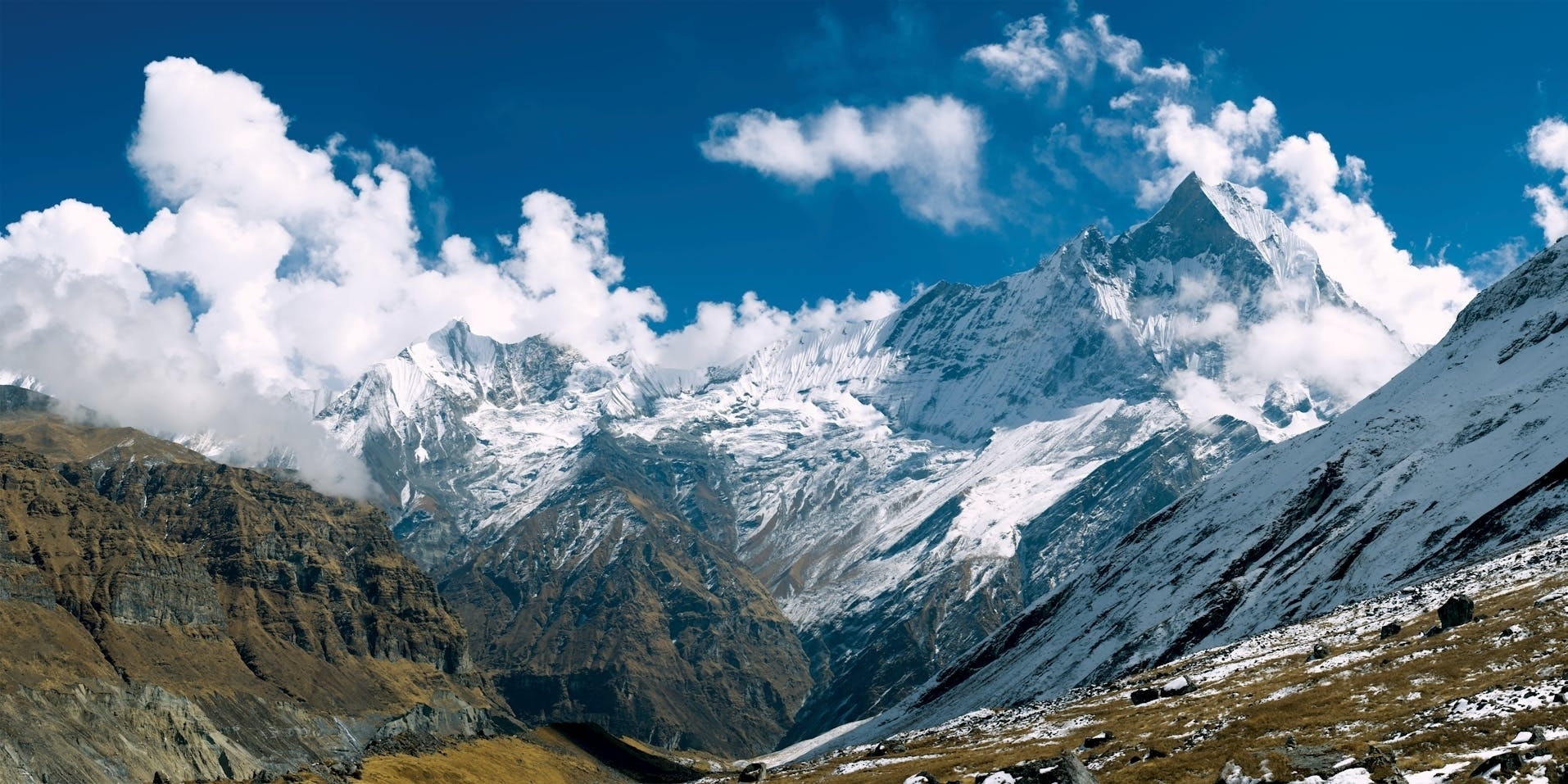
Nepal, a landlocked country nestled in the heart of the Himalayas, is renowned for its stunning landscapes, rich culture, and warm hospitality. With e...
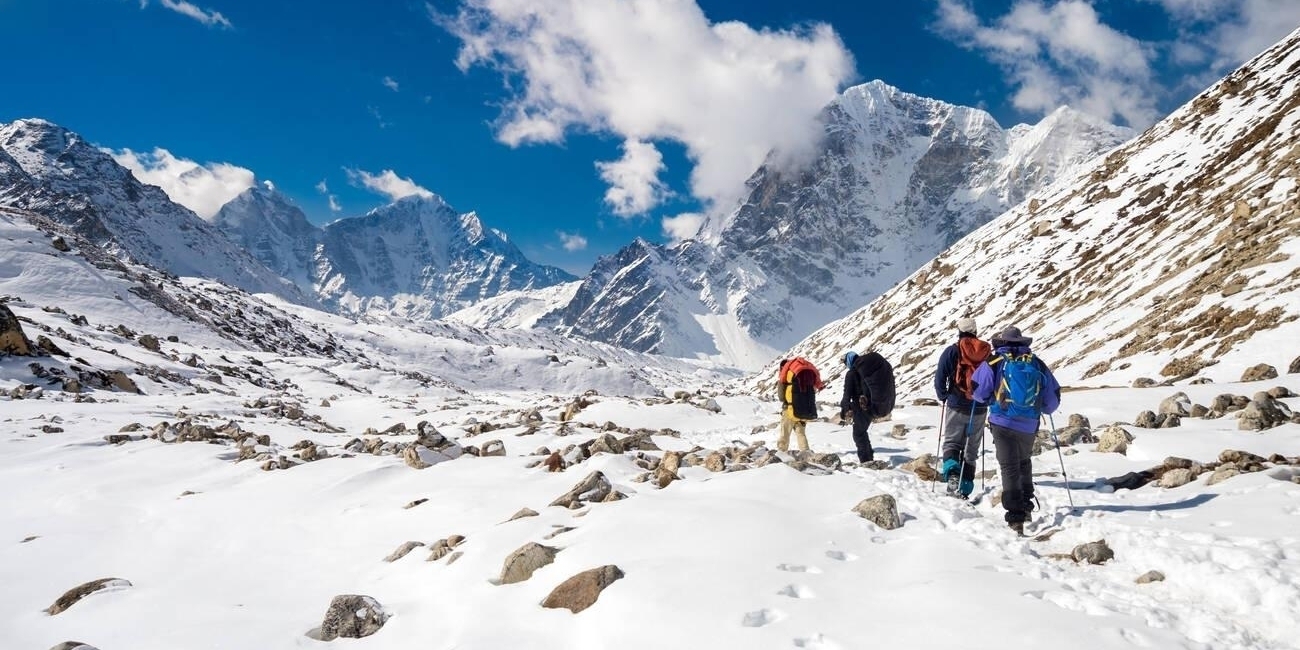
The Everest Region, renowned for its breathtaking landscapes and rich Sherpa culture, offers some of the most iconic trekking routes in the world. One...
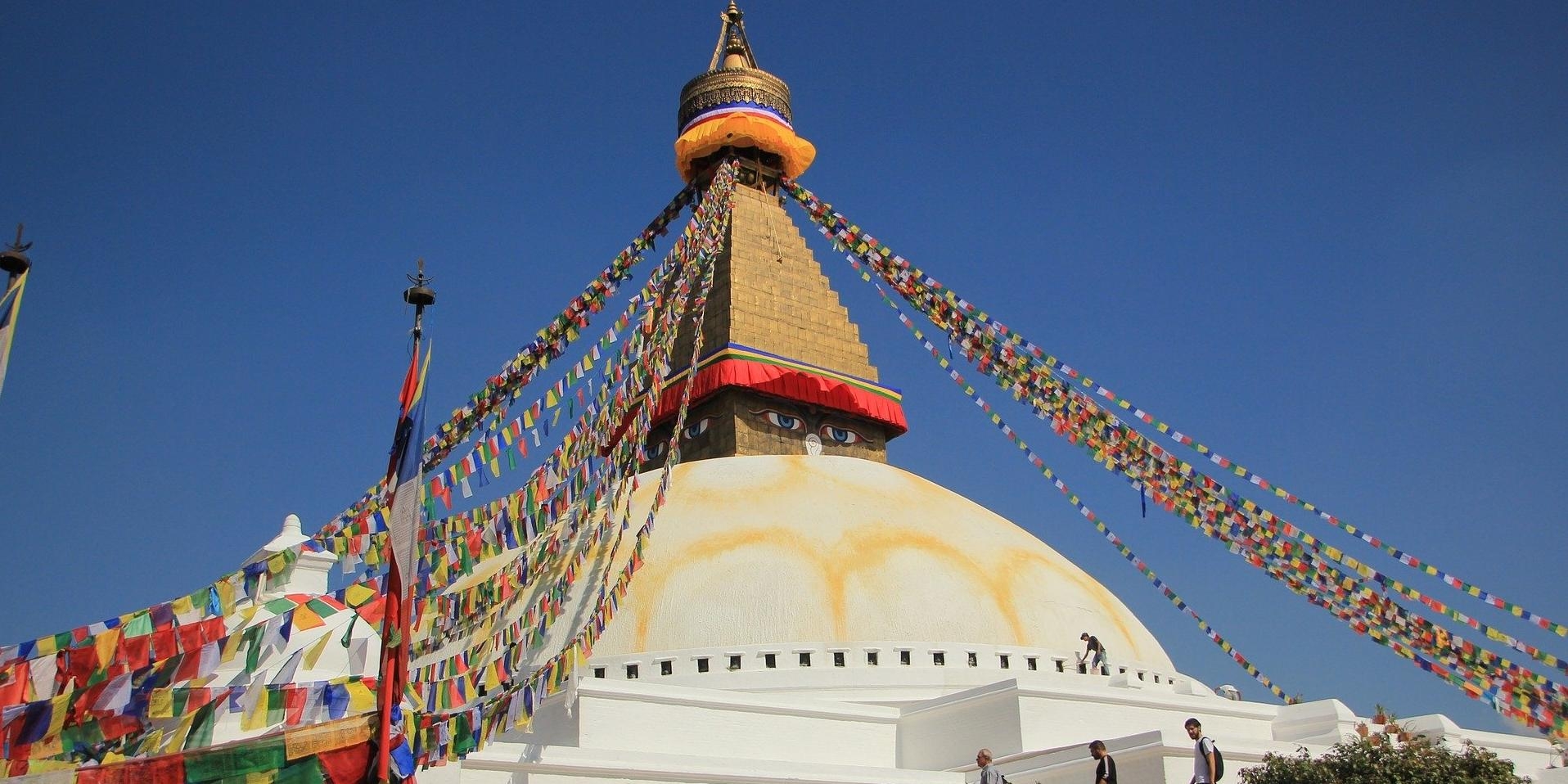
Nepal, a land of stunning landscapes and rich cultural heritage, offers a diverse range of tour destinations that promise unforgettable experiences in...
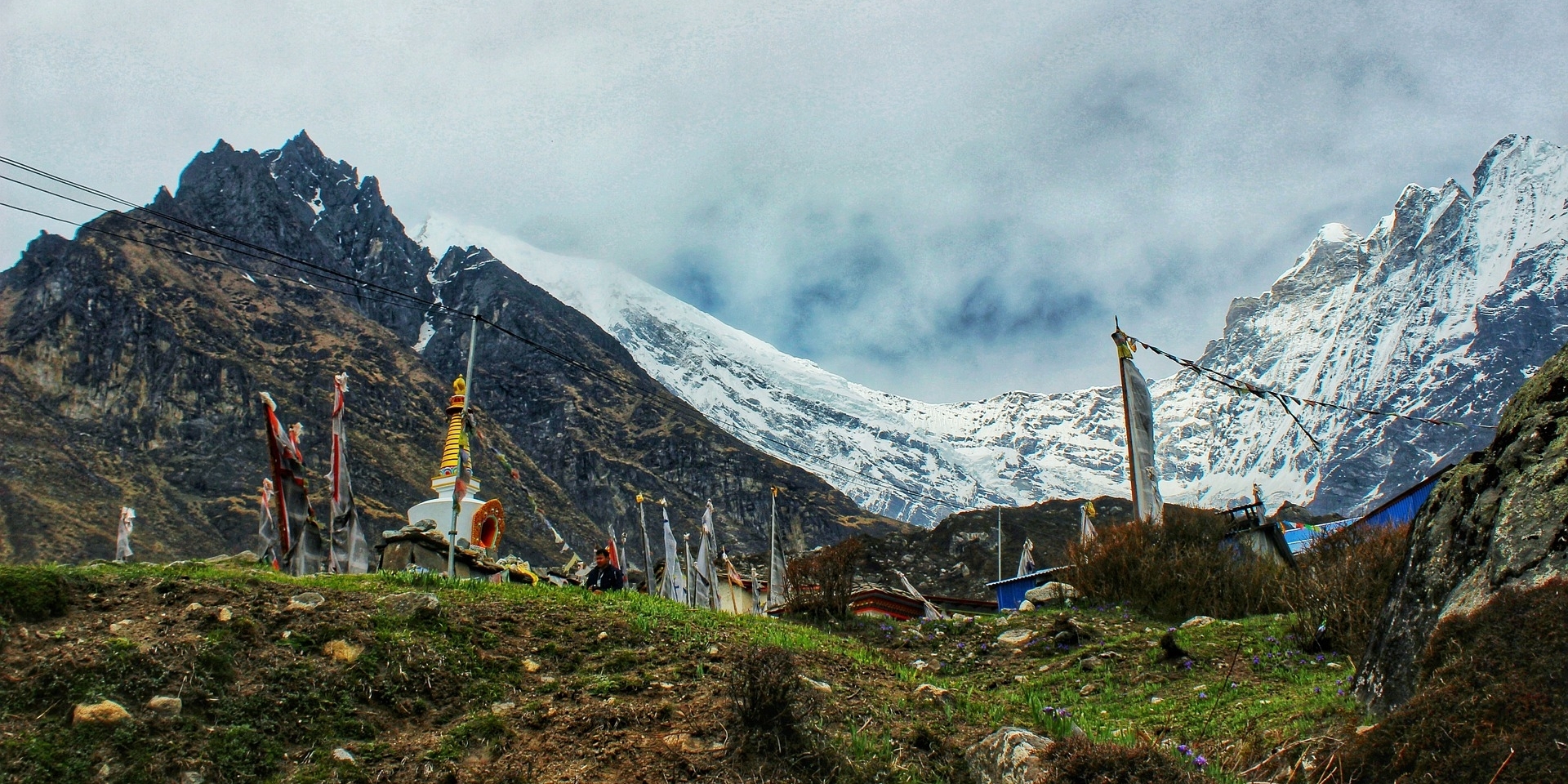
The Langtang Region, located in the northern part of Nepal, is a stunning trekking destination that offers breathtaking views, diverse landscapes, and...
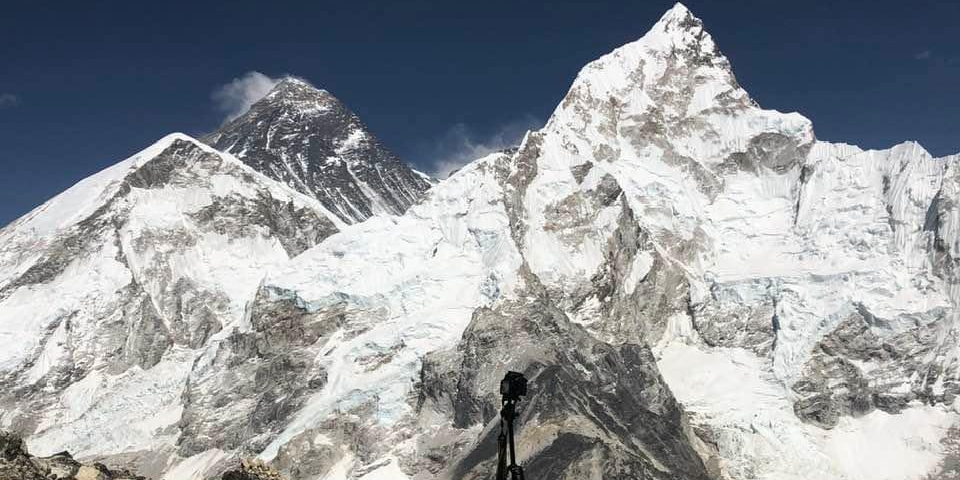
Discover why Everest Base Camp Trekking is the world’s top adventure trekking—breathtaking views, Sherpa culture, and a life-changing Himalayan journ...
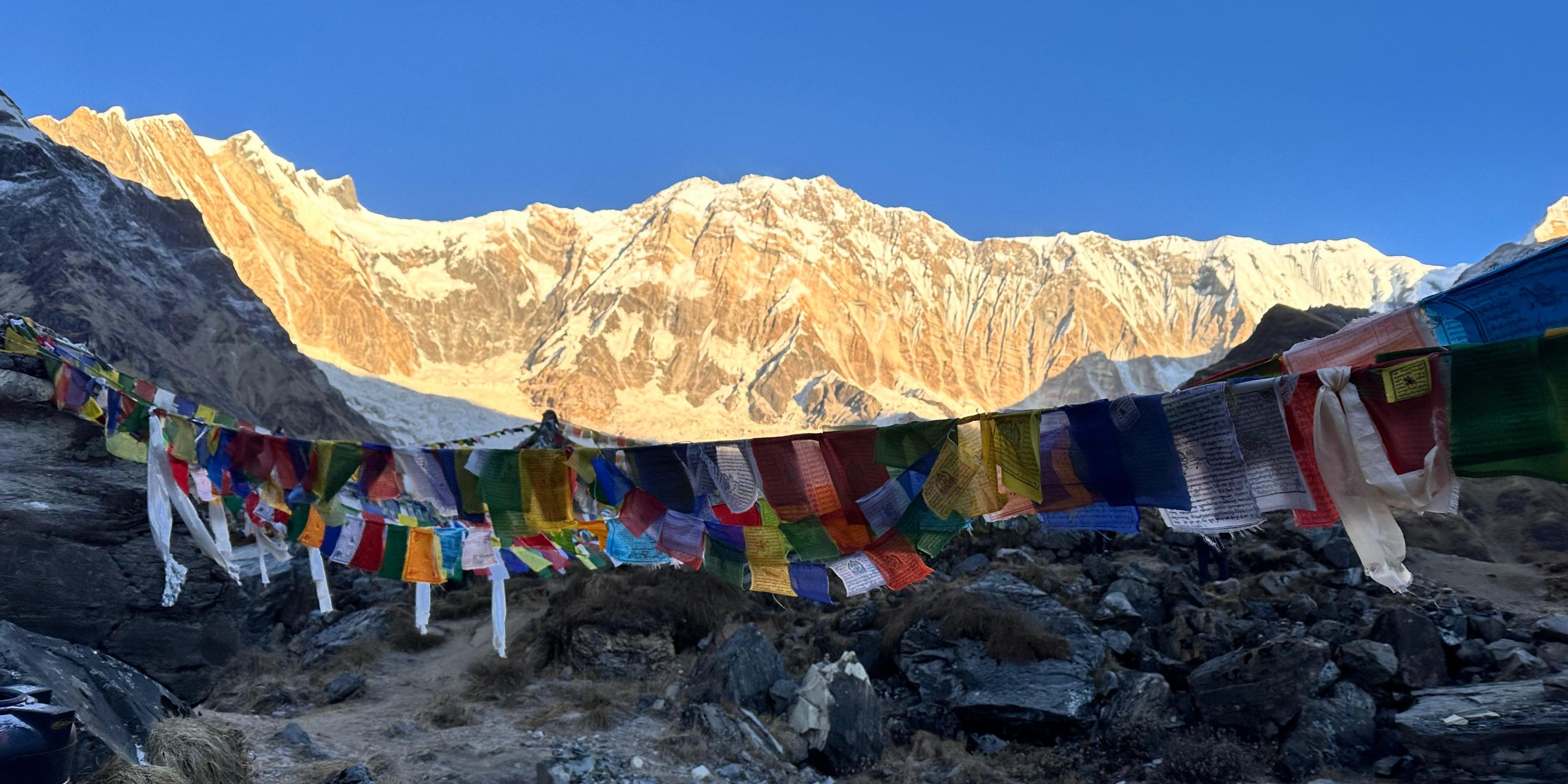

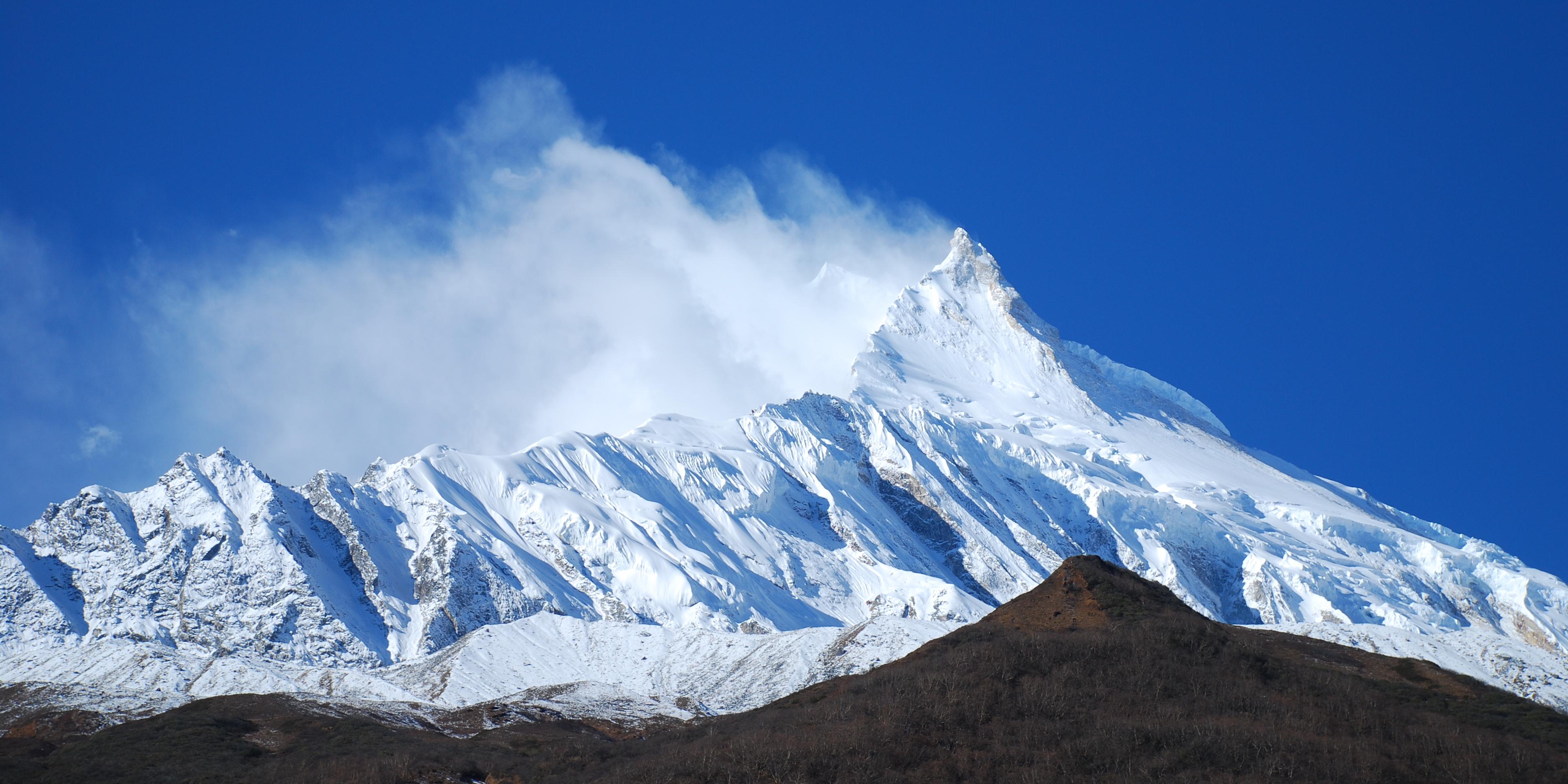
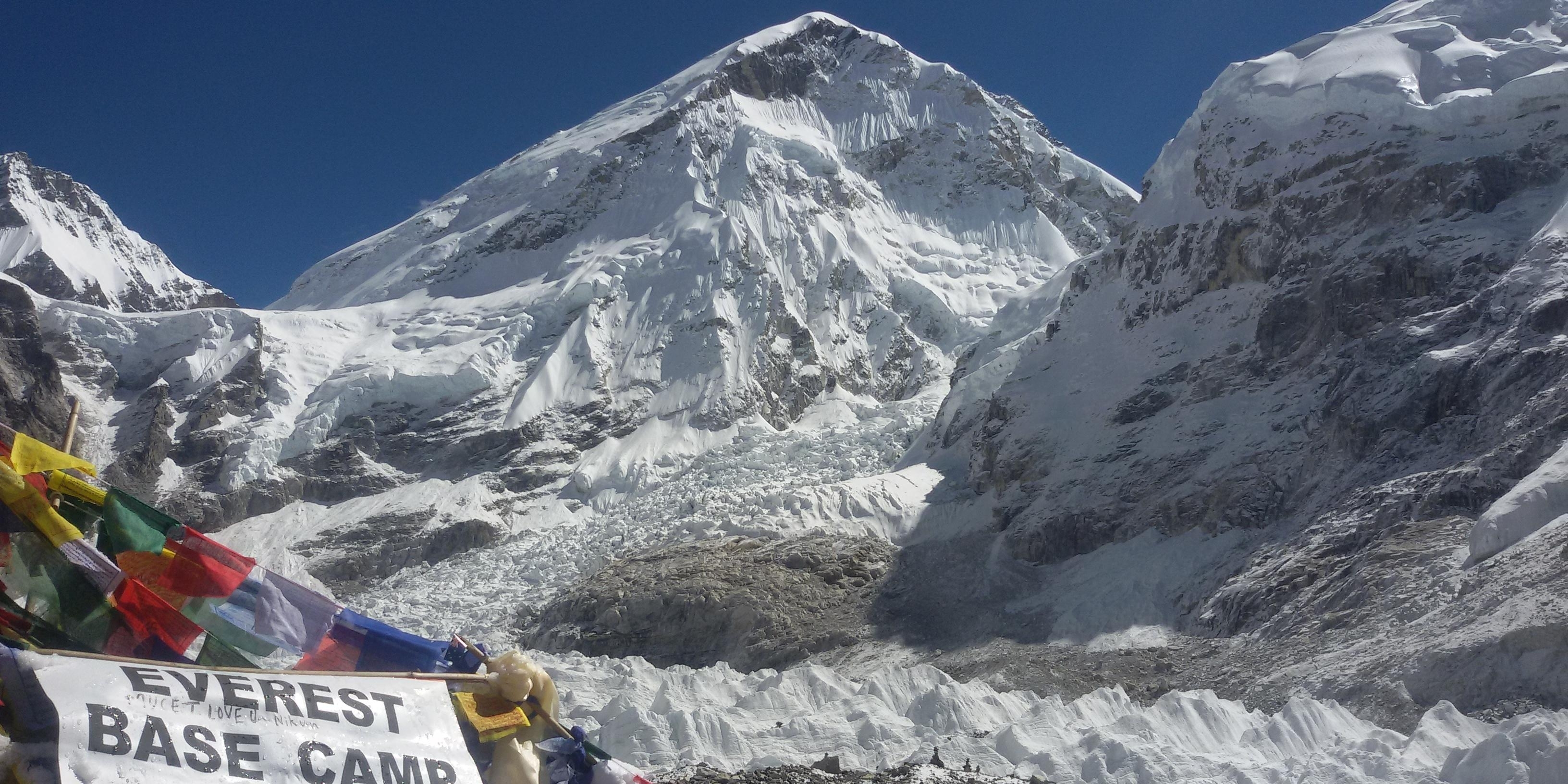
The best seasons for Everest Base Camp Trekking
